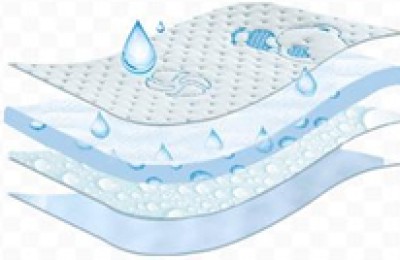“Out of 10 dyeing factories in Shaoxing, 3-4 have been shut down, and it will take three days for customers to receive samples…” said a local textile boss.
Usually dyeing factories are the weather vane of the textile market. Generally speaking, even if the market is not good, dyeing factories will not shut down directly. Unless there are special reasons, Shaoxing dyeing factories have been busy all year round with low prices and high quality, but now 40% of them have been shut down. , which shows that the recent textile market in Jiangsu and Zhejiang is indeed not very good.
Dyeing factory operations are decreasing day by day
The overall environment is poor this year, leaving aside Shaoxing dyeing factories, local dyeing factories are also having a hard time. According to data monitoring from Silkdu.com, the operating rate of dyeing factories in Shengze this week was only 56.8%. In the same period in previous years, the operating rate of dyeing factories could reach more than 90%. After the Golden Nine and Silver Ten days, although the dyeing factory’s warehousing has decreased, due to the large amount of warehousing in the early stage, The reason is that the beginning of November is basically still a relatively busy period, but the operating rate of dyeing factories in the peak season is only 70%. Obviously, even if there are orders placed, only half may be able to enter the dyeing factory, so the real demand may only be 60% of the gray fabrics sold this year, and the remaining 40% is just inventory.
“In previous years, during the peak season, it would take at least ten days and a half to ship goods. Now it is basically three days faster and a week slower. The dyeing factory has not had an easy time this year. This year’s market is really in a mess.” A person who mainly deals in spot goods The textile boss said.
This year, the epidemic has had the biggest impact on the textile market. Not only did companies reduce production and suspend production, it also made many textile companies overwhelmed and had no choice but to declare bankruptcy. Throughout the whole year, from January to April, the epidemic affected Jiangsu, Zhejiang and Shanghai. Even with the existence of the gold, three and silver peak seasons, the demand for logistics dropped sharply, and only sporadic small orders were placed in the market. June to August has always been the traditional off-season for the textile market, but this year’s market has become even weaker due to the impact of the epidemic. Although September to October is the traditional peak season, the peak season atmosphere has come to an abrupt end since mid-September. Market demand is still insufficient, and many textile bosses have difficulty accepting orders.
Losing money is normal, just get used to it
Last time, it was mentioned that a textile boss lost nearly half of his 5 million meters of gray fabric by selling it. In this year’s situation, if he didn’t sell it, he might lose even more. What textile bosses are more afraid of than losing money is inventory. However, the current sample companies monitored by Silkdu.com can see that the inventory in Jiangsu and Zhejiang is already less than the same period in previous years, at about 36.7 days. If the inventory is based on this time period in previous years, it may be as high as about 40 days. It is obvious that it can be seen It turns out that textile bosses have been very restrained in producing inventory.
If you can clear out the inventory at a loss, it is a blessing among misfortunes. If the weaving manufacturer lowers the price and sells at a loss, but no buyer is willing to accept it, the loss will be even greater. If the inventory is left unsold, it will always be inventory, and the longer it is kept. The lower the price, of course there are exceptions, but most of the time, it is better to sell at a loss and put money in your pocket than to hold on to the inventory.
According to the current market trend, it may only become more deserted in the future. A textile boss said that in the face of poor market conditions, as an insignificant person in the textile market, he has no say at all, let alone changing the status quo. Small enterprises can only operate according to the pace of this general environment, and it is difficult to change the status quo on their own. Today’s market is not without good ones. In fact, there are some. This makes the already difficult textile enterprises even more difficult, and the reduction in demand is very large. To a large extent, it makes it difficult for some enterprises without their own characteristics to operate.
</p








